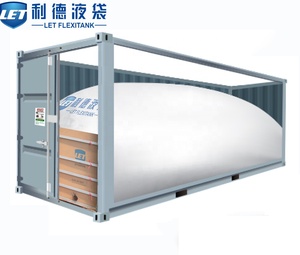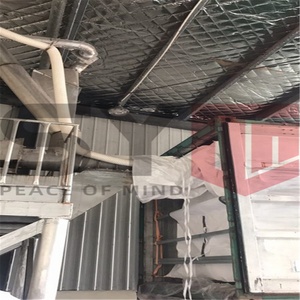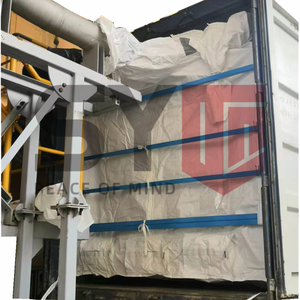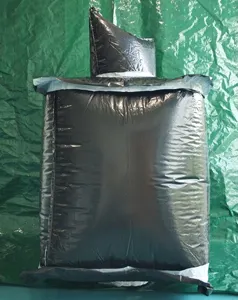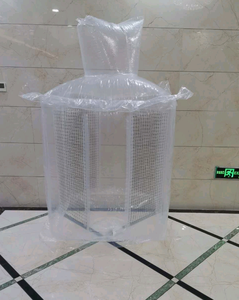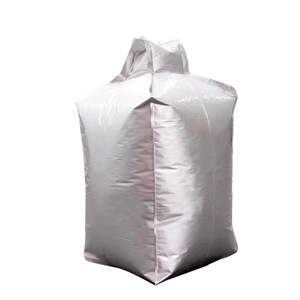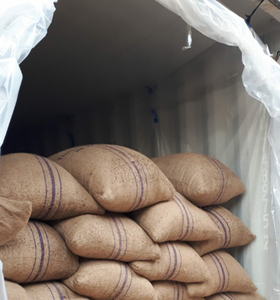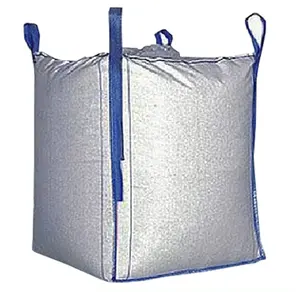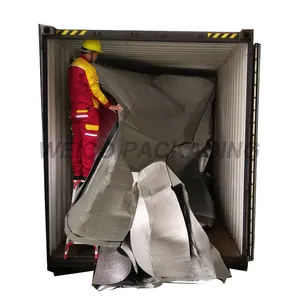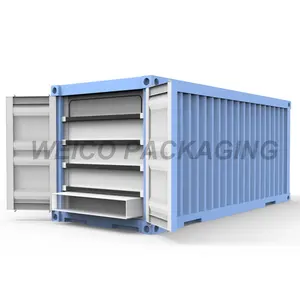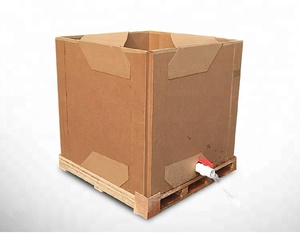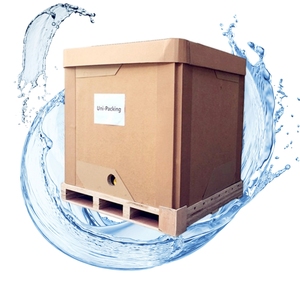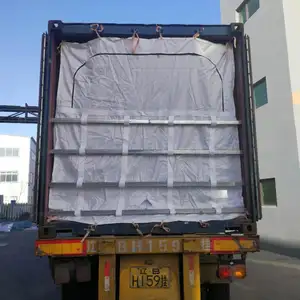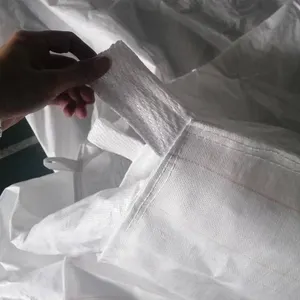Bulk Container Liner










































About bulk container liner
Where to Find Bulk Container Liner Suppliers?
China remains the central hub for bulk container liner manufacturing, with key production clusters in Shandong, Hebei, and Qingdao regions. These areas host vertically integrated facilities specializing in polyethylene (PE) and polypropylene (PP) based liners, leveraging localized polymer supply chains and advanced extrusion technologies. Shandong province, in particular, accounts for over 40% of China’s industrial flexible packaging output, supported by access to port logistics and petrochemical feedstocks that reduce material costs by 10–15% compared to global benchmarks.
The region’s supplier ecosystem benefits from co-located raw material processors, film blowing lines, and bag conversion units, enabling end-to-end production within compact geographic zones. This integration supports rapid prototyping and scalable order fulfillment, with standard lead times averaging 20–30 days for bulk orders. Buyers gain access to suppliers capable of monthly outputs exceeding 500,000 units, backed by automated welding, heat-sealing, and quality inspection systems. The concentration also facilitates customization in dimensions, breathability, UV resistance, and spout configurations across food-grade, chemical, and dry bulk applications.
How to Choose Bulk Container Liner Suppliers?
Procurement decisions should be guided by structured evaluation criteria to ensure product integrity and supply chain reliability:
Material & Compliance Standards
Confirm adherence to relevant safety and performance benchmarks, including FDA compliance for food-contact applications and RoHS for hazardous substance control. For international shipments, verify compliance with ISPM 15 (for wooden pallets if applicable) and UN certification for hazardous goods transport. Request test reports on tensile strength, puncture resistance, and moisture barrier performance tailored to your cargo type.
Production and Customization Capability
Assess technical infrastructure through the following indicators:
- Minimum factory area of 3,000m² indicating scale capacity
- In-house film extrusion and bag-making lines for quality control
- Customization options: size, color, spout placement, anti-static treatment, or multi-layer lamination
Cross-reference online revenue data and reorder rates as proxies for market acceptance and operational stability.
Quality Assurance and Transaction Security
Prioritize suppliers with documented quality management systems and on-time delivery rates above 95%. Utilize secure transaction platforms offering payment protection until shipment verification. Conduct sample testing for seal integrity, load simulation, and compatibility with container types (20ft/40ft). Pre-shipment inspections are recommended for first-time engagements, particularly when MOQs exceed 100 units.
What Are the Best Bulk Container Liner Suppliers?
| Company Name | Main Material | MOQ Range | Price Range (USD) | On-Time Delivery | Avg. Response | Online Revenue | Reorder Rate | Customization |
|---|---|---|---|---|---|---|---|---|
| Qingdao WYD Flexitank Industrial Co., Ltd. | PE | 20 sets | $50–80 | 100% | ≤2h | US $20,000+ | <15% | Yes (color, size, logo, packaging) |
| Yantai Qinfeng Plastic Co., Ltd. | PP/FIBC | 2–500 pieces | $4.80–200 | 100% | ≤2h | US $80,000+ | 23% | Limited |
| Hebei Hesheng Plastic Products Co., Ltd. | PP/PE | 1–2,000 pieces | $2.99–7 | 100% | ≤2h | US $230,000+ | 15% | Yes (size, weight, fabric, label, design) |
| Shandong Ocean Blue Whale Packing Co.,Ltd | PE/PP | 1–100 sets | $26–56 | 89% | ≤2h | US $1,200,000+ | 33% | Limited |
| Qingdao LET Flexitank Co., Ltd. | PE/Flexitank | 10–70 sets | $20–215 | 100% | ≤6h | Data Unavailable | Not Reported | Limited (spouts, zippers, food-grade variants) |
Performance Analysis
Hebei Hesheng leads in cost efficiency with a minimum unit price as low as $2.99 and extensive customization capabilities, making it ideal for high-volume buyers requiring tailored specifications. Yantai Qinfeng offers competitive pricing for FIBC-based solutions, though customization is limited. Shandong Ocean Blue Whale demonstrates strong market traction with a 33% reorder rate and seven-figure annual online revenue, despite a lower on-time delivery rate (89%), suggesting potential logistical bottlenecks. Qingdao-based manufacturers emphasize compliance and responsiveness, with both WYD and LET maintaining 100% on-time delivery and fast response times, critical for time-sensitive procurement cycles. Buyers seeking food-grade or liquid-compatible liners should prioritize LET’s specialized offerings, albeit at higher price points.
FAQs
How to verify bulk container liner supplier reliability?
Validate certifications (FDA, ISO 9001, RoHS) through issuing bodies and request batch-specific test reports. Analyze transaction history, focusing on consistent on-time delivery, reorder frequency, and response efficiency. Conduct virtual audits to confirm in-house production versus trading status.
What is the typical MOQ for bulk container liners?
MOQs range from 1 piece for niche designs to 2,000 units for standardized PP/PE bags. Economies of scale typically begin at 100+ units, where per-unit costs decrease significantly. Some suppliers offer lower MOQs for initial trials at adjusted pricing.
Can suppliers customize container liner dimensions and features?
Yes, leading manufacturers support full customization of dimensions, material thickness, closure types (zipper, spout, tie-off), and printing. Reinforcement panels, anti-slip surfaces, and EVOH barrier layers are available upon request, subject to minimum order thresholds.
What are common materials used in bulk container liners?
Polyethylene (PE) is standard for moisture-sensitive goods due to its waterproof properties. Polypropylene (PP) dominates in FIBC and dry bulk applications for its high tensile strength. Multi-layer composites with aluminum or EVOH films are used for oxygen-sensitive or chemical cargoes.
How long does production and shipping take?
Production lead time averages 20–30 days post-sample approval. Air freight requires 5–7 days for urgent deliveries, while sea freight takes 25–40 days depending on destination. Allow additional time for customs clearance and inland transport.




























